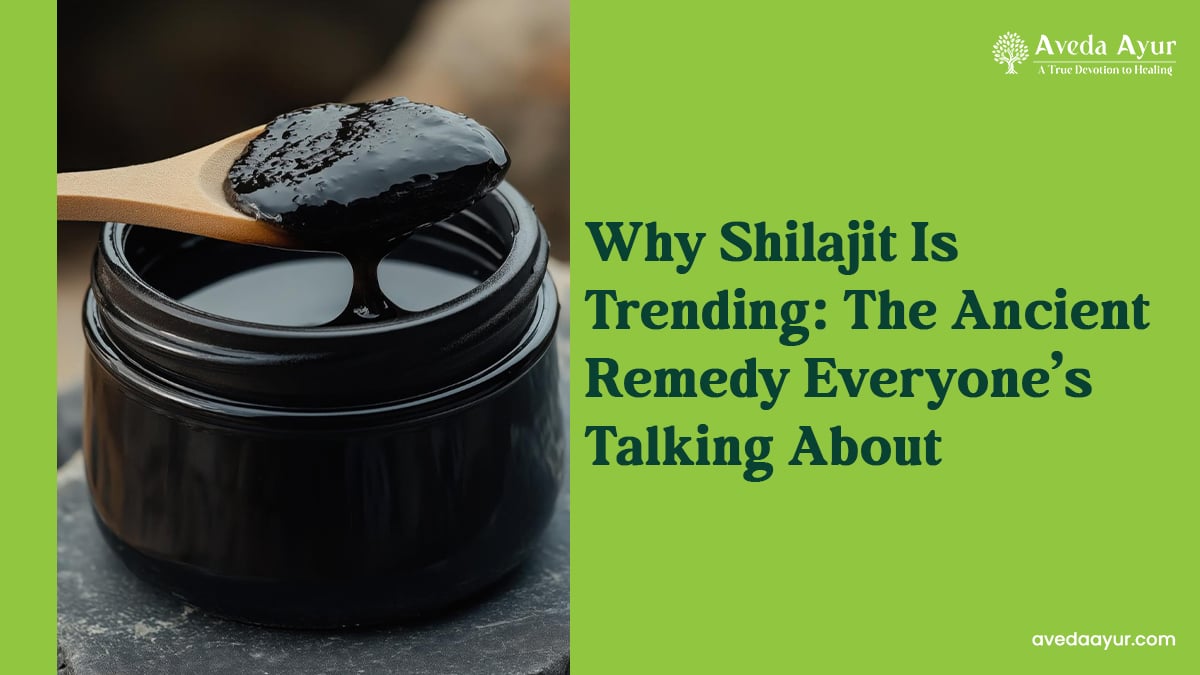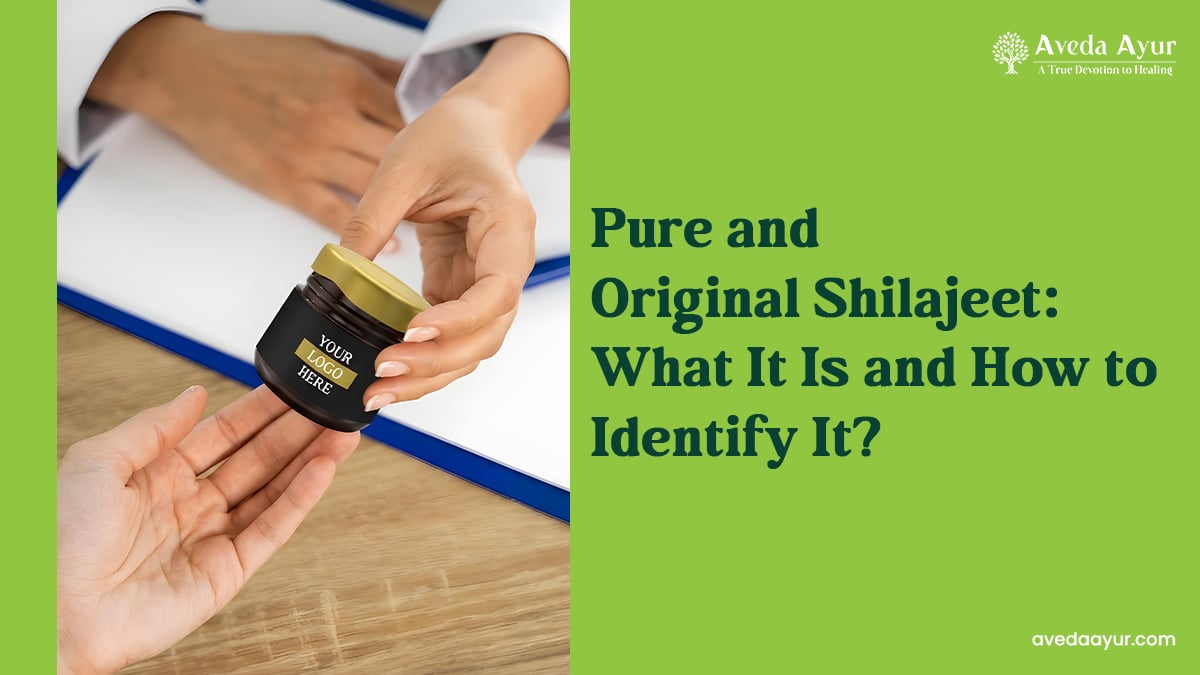Benefits of Bala (Sida Cordifolia), Medicinal uses, Dosage, and Side Effects
In Ayurveda, Bala (Sida Cordifolia) means strength and is also known as country mallow. It is the most widely used herb in Ayurveda and other traditional systems of medicine for improving immunity. In classical texts, it has been mentioned that Bala (Sida Cordifolia) is taken with the name brmhaniya i.e. a Bulk promoting herb.
Acharya Charaka has also mentioned this herb as a Rasayana (rejuvenating) to the muscular system of the body. In Hinduism, it is associated with the goddess of beauty and grace Parvati, and given the name as beautifying herb. It also provides strength to the muscles, joints, and bones.
Its leaves are cooked and used to cure bleeding piles. Being a natural blood purifier, it mainly treats raktpitta and piles. It also helps to lose weight by suppressing appetite and its hypoglycemic activity controls the blood sugar level naturally.
Botanical name- Sida cordifolia
Family- Malvaceae
—- Shloka—-

This shloka means that Bala has cold potency, is sweet, increases strength, improves complexion, is Unctiousness, balances Vata dosha, treats blood disorders, and heals wounds.
(Reference- Bhavaprakasha nighantu- Guduchyadi varga, page no. 351 and shloka no. 144)
Bala (Sida Cordifolia) Names in different languages
- Hindi name- Bariyara, Khirainti
- English name- Country mallow
- Punjabi name- Kharayati
- Kannada name- Hettuti
- Telugu name- Tela antis, Mattavapulagam, Chittamutti
- Malayalam name- Kurunthotti
- Marathi name- Karaiti, Chikana
- Tamil name- Chittamuttie
- Oriya name- Bisiripi, Bajromuli
- Gujarati name- Jangli methi
- Bengali name- Berela
- Assamese name- Bor sonborial
Synonyms in the Sanskrit language
Vatya, Vatyayani, Samanga, Vatyalika, Audanika, Kharayashtika, Vatyalika, Mahasamanga and Vatyapushpi
Morphological characteristics
Bala is a perennial herb that grows up to the height of 30 m and its leaves are ovate or oblong with 2.5 to 27 cm length and 2.5 to 5 cm breadth and have 6 to 7 veins. Flowers are small, axillary, solitary, and are yellow or white. Roots of Bala are strong with bitter in taste, grayish-yellow in color, and are odorless. The fruit of this plant is disc-shaped and moong-sized with 6 to 8 mm in diameter. Its flowering season is August to December and fruits appear from October to January.
It is native to India and grows along roadsides and wastelands. This plant is also found throughout tropical and subtropical regions of India, Sri Lanka, Southern United States, Africa, Australia, etc.
Categorization according to classical books
According to- Acharya Charaka-
Brihmaneeya- Harsh which improves strength and provides nourishment to the body.
Madhuraskanda- a group of herbs having a sweet taste
Prajasthapana- Herbs that promote fetus health
Acharya Sushruta-
Vatasamshana- a group of herbs that balances Vata dosha.
Main chemical constituents
Choline, betaine, ephedrine, vasicinone, hypaphorine, and phytosterol. Its roots are the rich source of beta sitosterols that have an immunomodulatory effect.
Medicinal properties of Bala (Sida Cordifolia)
- Rasa (Taste) – Madhura (sweet)
- Guna (Quality)- Snigdha (Unctiousness), Guru (Heavy), and Picchila (Sticky)
- Veerya (Potency)- Sheeta (Cold)
- Vipaka (undergoes taste conversion after digestion)- Madhura (Sweet)
- Effect on the tridosha- balances all the three doses but mainly Vata dosha
Bala (Sida Cordifolia) Medicinal Uses
Urinary disorders
Bala works as a natural diuretic that increases urine output naturally and treats various kidney ailments. In combination with other herbs, it fights against the infection related to the urinary tract and improves the functioning of the kidney. This herb also provides strength to the urinary system and thus treats urine incontinence.
Skin problems
Bala is backed with an immense amount of antioxidants and essential nutrients which help to restore and repair skin health. Since ancient times, it has been considered beautifying because its results are very much effective. This herb can be used externally as well as internally for skin treatment. It provides nourishment to the skin and heals it from the inside out. Its regular use enhances the growth of hair and provides strength to the scalp by acting as a natural hair conditioner.
Respiratory diseases
Bala has cold potency which balances water as well as pitta dosha and increases kapha dosha. This herb provides strength and nourishment to the respiratory organs. Being a natural antispasmodic it prevents asthma attacks and provides relief from bronchitis and dry cough. The chemical constituents present in it works as a natural bronchodilator that clears the real ways by eliminating the accumulated mucus in the respiratory passage that causes obstruction. It also improves immunity and provides strength to the body.
Fatigue
Bala helps in managing fatigue caused due to today’s busy schedule. In Ayurveda, fatigue is called klama and it is caused due to the kapha dosha imbalance. Its regular use provides strength to the body because of the balya karma and balances all three doshas.
These are the medicinal uses of Sida cordifolia.
Ayurvedic uses of sida cordifolia
- Grahi- it is absorbent in nature
- Kantivardhaka- improves skin complexion
- Vatasrahara- Treats gout
- Vrushya- acts as a natural aphrodisiac
- Balya- improves strength
- Raktapittahara- treats bleeding disorders
- Sheetala- has coolant property
Part used- Root
Dosage- 10 to 20 ml (juice extract)
3 to 6 grams (powder)
50 to 100 ml (decoction)
Sida cordifolia side effects
Sida cordifolia main causes anxiety, stroke, high blood pressure, nervousness, and even memory loss. So use it with care after consulting your doctor. It is safe to use during lactation but seek medical advice for using during pregnancy.
FAQ
Ques: How should consume sida cordifolia?
Sida cordifolia can be consumed in the form of Powder, decoction, and juice extract after meals.
Ques: What is the dosage of sida cordifolia?
10 to 20 ml (juice extract)
3 to 6 grams (powder)
50 to 100 ml (decoction)
Ques : Is sida cordifolia/Bala good for hair?
Yes, sida cordifolia/ Bala is good for hair.
Conclusion
From this article, it is concluded that sida cordifolia or Bala improves body’s strength and immunity naturally. It is also good for hair, skin, lungs, and other body organs. But its overdose main cause of high blood pressure, anxiety, stroke, memory loss, etc. It can be used during lactation but should be used with caution in pregnancy. Consult your doctor before using it.
Note: Our purpose is to serve useful information related to sida cordifolia‘s benefits, dosage, and other properties. It is advised to the patients not to consume it on the basis of this information. Before taking this as a medicine it is better to have an expert opinion because dosage and treatment vary from patient to patient depending on their symptoms and medical history.
Doctor Consultation Online: Get Personalized Consultation
At Life Aveda, we provide personalized online doctor consultations. In this, a doctor discusses the medical history of patients, does the root analysis on causes. After the deep analysis doctor suggests the necessary medication to the patient. To book a Consultation call on us at +91 7743002520 or click on the button to schedule an appointment with our expert doctors.Book Consultation
We Care For Your Health
- 100% PRIVACY PROTECTION
- VERIFIED DOCTORS
- QUICK RESPONSE










